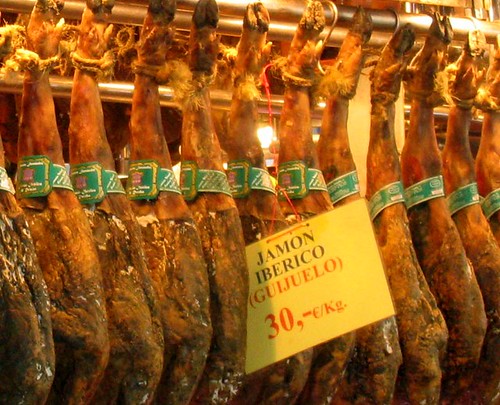Since everyone else is doing it...
I was going to lay off the MTA and just let what seems like everyone in the universe (ok, everyone in NYC) expose their shortcomings, but I just couldn't resist after this happened to me the other night:
The 4/5 Lexington Express currently does not stop between Atlantic Ave in Brooklyn and Fulton Street in Lower Manhattan Late Nights and Weekends. You must board the 4/5 at Brooklyn Bridge-City Hall.
The 4 always runs on the local track in Manhattan Late Nights.
So why could I board a 4 train at Fulton Street and then ride it locally, as if it were a Late Night. Shouldn't the train not have been there at all if it was considered a Late Night vehicle? (it was 9:45, certainly not late by my definition, nor by MTA's definition).
Obviously, subways have non-scheduled track changes. But these are usually announced by the train conductor at each stop. Obviously this story has nothing to do with how the MTA is broke in a time of desperate need and is also being stiffed by Albany. It's simply another example that demonstrates that something needs to be done to our beloved subway system, the "artery" of the city, so that it can run faster, more reliably, and safer.
A few of my favorite examples of such a subway are London's Tube, the Paris Metro, the Barcelona Metro, and from what I've heard, the Tokyo Metro as well. Even their websites are much better. MTA no longer has the excuse of being old. All these systems are old as well: the Tube dates back to the 1860s, the Paris Metro 1900, around the same time as the MTA, and Barcelona and Tokyo date back to the 1920s. It's 2005, 101 years after the first subway ride in New York. The system has simply not evolved as much as these other systems.
The 4/5 Lexington Express currently does not stop between Atlantic Ave in Brooklyn and Fulton Street in Lower Manhattan Late Nights and Weekends. You must board the 4/5 at Brooklyn Bridge-City Hall.
The 4 always runs on the local track in Manhattan Late Nights.
So why could I board a 4 train at Fulton Street and then ride it locally, as if it were a Late Night. Shouldn't the train not have been there at all if it was considered a Late Night vehicle? (it was 9:45, certainly not late by my definition, nor by MTA's definition).
Obviously, subways have non-scheduled track changes. But these are usually announced by the train conductor at each stop. Obviously this story has nothing to do with how the MTA is broke in a time of desperate need and is also being stiffed by Albany. It's simply another example that demonstrates that something needs to be done to our beloved subway system, the "artery" of the city, so that it can run faster, more reliably, and safer.
A few of my favorite examples of such a subway are London's Tube, the Paris Metro, the Barcelona Metro, and from what I've heard, the Tokyo Metro as well. Even their websites are much better. MTA no longer has the excuse of being old. All these systems are old as well: the Tube dates back to the 1860s, the Paris Metro 1900, around the same time as the MTA, and Barcelona and Tokyo date back to the 1920s. It's 2005, 101 years after the first subway ride in New York. The system has simply not evolved as much as these other systems.
